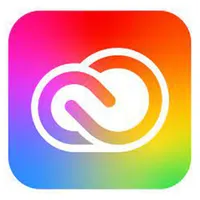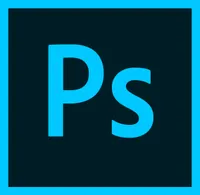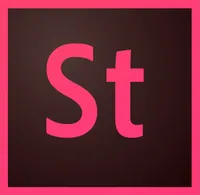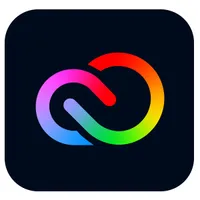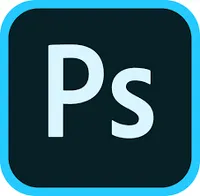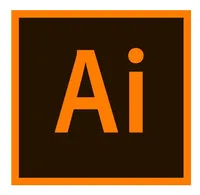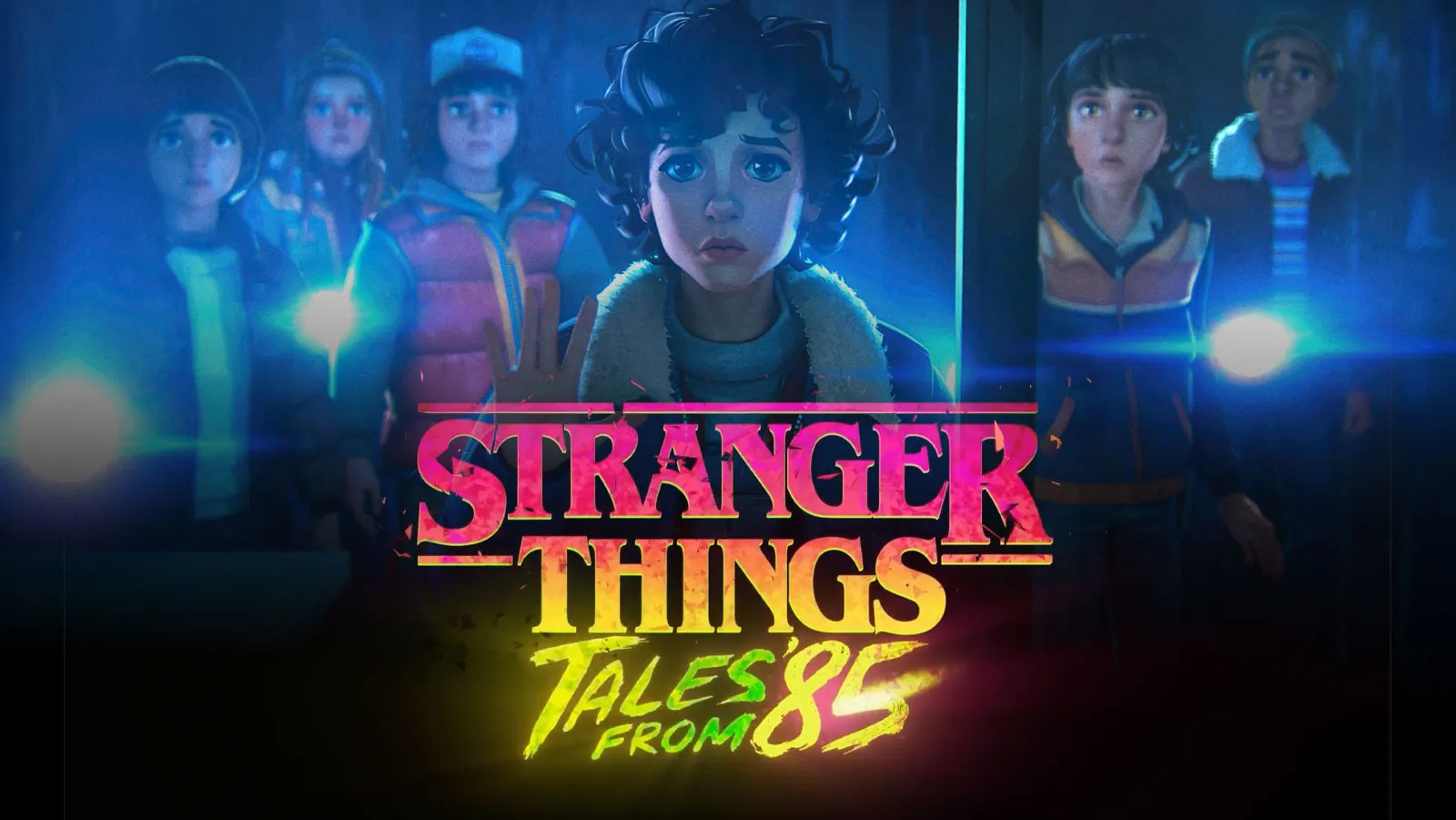Adobe Creative Cloud discount: The best deals on top software
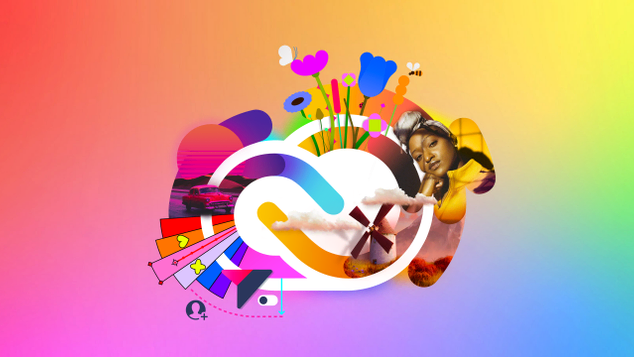
Looking for a decent discount on Adobe's Creative Cloud app suite? From Photoshop to After Effects, Illustrator, InDesign and many (many) more, Adobe Creative Cloud is home to world-famous apps and some of the best digital art software in the industry.
Whether you're an artist, photographer, graphic designer, or any other type of creative Pro, then it's likely that you've used one of these Adobe programs at some point or another. These software packages can be expensive but are a necessary investment if you rely on them to get your projects off the ground.
In this guide, we've rounded up the top deals, discounts, and Adobe Creative Cloud offers all in one place to help you save. From student discounts to flash sales, we've searched for every Adobe deal available right now – and we'll keep this page updated with new deals as they arrive. If you're searching for some alternative options, take a look at our guide to the best graphic design software and best photo editing software.
Adobe Creative Cloud deals
Read moreRead less▼
Adobe Creative Cloud All Apps plan: Get up to 30% off
Adobe has slashed up to 30% off its all apps plan in certain regions. Check the special offers page where you are.
Read moreRead less▼
Get 70% off the Adobe CC All Apps plan. Adobe regularly runs discounts for users who are studying or working in education, and this one saves big on the Annual paid monthly plan.
Read moreRead less▼
This US deal offers 25% off Adobe's super popular image editing tools package, including both Photoshop and Lightroom for only $14.98 per month for 6 months instead of the usual $19.99 when billed monthly.
Read moreRead less▼
Adobe Stock: Get 10 free Adobe Stock images
You can try Adobe Stock for free with a 30-day trial, and if you decide to sign up for a year (£19.99/$29.99 per month) you’ll get one month – or 10 images – free. You can cancel at any time during the first month.
Adobe Creative Cloud deals UK
Read moreRead less▼
Save 50% for three months: Adobe has slashed over 50% off its Creative Cloud All Apps plan in the UK, giving you access to Photoshop, InDesign, Illustrator and much, much more for less than £30 per month.
After 3 months, this will be automatically renewed and billed at the standard subscription rate, so remember to cancel this if you don't plan on continuing with CC.
Read moreRead less▼
Save 70% on Creative Cloud All Apps: This Adobe deal is exclusively for students and teachers who are studying or working in education and offers a generous discount on the first year of your subscription. This subscription will auto-renew at a monthly price of £28.99 the following year (which is still a great discount), so keep this in mind.
Download free Adobe trials
Okay, free trials don't really count as Adobe Creative Cloud discounts, but they provide an excellent opportunity to try out the different software before you buy. Adobe's free trials are incredibly easy to cancel if you don't like the software and it's equally simple to upgrade to a paid subscription if you do.
It goes without saying that we do not recommend downloading any unofficial versions of Adobe software, firstly because it's illegal and secondly because it could put your computer at risk. Here, we've gathered just a few of the official Adobe free trials available. To find even more Adobe free trials take a look at our guides to download Adobe XD, download Adobe Acrobat free, and download Adobe InDesign.
Read moreRead less▼
Get a free trial of the full version of Adobe Creative Cloud Express
Adobe Creative Cloud Express is an online and mobile design app that's great for designing quick social media graphics. Adobe offers a 30-day free trial to help you decide if you want to invest in a paid subscription.
Read moreRead less▼
Download a free Photoshop trial for PC, Mac or iPad
Photoshop is the world's most famous image editing software. You can try the latest version for free with this seven-day trial. Just cancel once you're done if you decide it's not for you.
Read moreRead less▼
Download a free trial of Illustrator for PC, Mac or iPad
Adobe Illustrator is the undisputed king of drawing apps and an industry standard. You can try it free of charge with this seven-day trial. You can easily convert to a paid membership during your trial or once it's expired.
Read moreRead less▼
Get a free trial of Premiere Pro for PC or Mac
Video editing software doesn't come much better than Adobe Premiere Pro. Want to see if it works for you? Try it out for free on your PC or Mac for seven days, just cancel before the trial ends if you don't want to pay.
FAQs
Why should I subscribe to Adobe CC?
Adobe's creative apps are some of the best in the industry, and have become the go-to tools for a host of artists and designers. Some of the world's most notable creative companies use Creative Cloud apps in their workflows and having basic skills and proficiency in Photoshop, After Effects, InDesign or any number of its software can be great for your CV.
The entire Creative Cloud suite comprises more than 20 apps for different kinds of creatives, whether you're a photographer, designer, illustrator, digital artist, video editor, beginner or hobbyist, there's something for you. What's more, the apps are constantly being updated and improved.
Adobe InDesign helps you to create outstanding page layouts, Adobe XD is an ideal prototyping tool, Adobe Premiere Pro and Adobe Rush are industry-standard software for video editing (here are some other video editing software options), and there are plenty more options to suit all careers and professions.
What devices can I use Adobe apps with?
Several of Adobe's most popular apps, like Photoshop and Illustrator, are now available for iPad models as well as smartphones, and laptops running Mac or Windows (see our guide to download Photoshop and download Adobe Illustrator for more on those tools).
More specifically, Adobe apps are generally compatible with most iPad Pro, iPad 2 and later models, and any iPhone 4s or later. For Android users, you'll need a device running Android 4.1.x and later.
According to Adobe, you can have Adobe apps activated on up to 2 computers at a time, although software can only be run on one computer at a time for individual licenses, so keep this in mind. If you want to sign in or activate the app on a third device, you're able to do so by signing out of or deactivating it on one of the other devices.
Is Adobe CC software easy to use?
We've spent lots of time with each Creative Cloud tool. In our reviews of Photoshop, Illustrator and more, you'll find more information about the pros and cons of each piece of software and how easy it is to get to grips with for beginners:
- Adobe Photoshop review
- Adobe Illustrator review
- Adobe InDesign review
- Adobe Premiere Pro review
- Adobe After Effects review
- Adobe Creative Cloud Express review
Is it worth paying for Adobe Creative Cloud?
Adobe's Creative Cloud apps are among the best software for their respective creative disciplines and are well worth paying for. Many of the Adobe Creative Cloud apps require a subscription, so any discount is always worth taking advantage of. It's worth noting that many deals only apply to first-time subscribers and may be limited to certain territories, so make sure to check the terms and conditions before you buy.
If you're not sure you want a subscription, you could also consider other software, for example Serif's offerings, where you pay a one-off fee rather than signing up to a subscription. See our Photoshop alternatives and Illustrator alternatives for an idea of what else is available.
How can I get an Adobe Creative Cloud discount?
We’ll post the best Adobe deals right here, whenever they come up, so be sure to bookmark this page and check back regularly to find the best Creative Cloud discounts available. Keep an eye on the Adobe website for any deals too.
Our price tracking software is also always searching for the best Adobe deals. Scroll down to see today's best Adobe Creative Cloud deals and discounts.
For students: Adobe's student & teacher discount is one of the best discounts available for Creative Cloud. This knocks over 65% off the price, and is available via the Adobe website.
Does Adobe Creative Cloud include stock images?
Adobe Creative Cloud doesn't include stock images, however, there are over 200 million available to license royalty-free on Adobe Stock, including photos, illustrations, videos, 3D models and more. An Adobe Stock license isn't included in your Adobe Creative Cloud All Apps subscription, but you are able to search for stock imagery on the Creative Cloud homepage or within apps like Photoshop and Premiere Pro.
Adobe Stock subscriptions entitle you to a set number of assets each month, or you can purchase assets with credit packs. Your Creative Cloud apps allow you to import a watermarked version to try out before you buy. It's also worth noting that Adobe Stock has more than 78,000 assets available for anyone to download for free, all you need is a free Adobe ID. You can also get up to 10 standard assets (some higher quality assets are labelled premium) with a free trial.
Daily design news, reviews, how-tos and more, as picked by the editors.

Beth is Creative Bloq’s Ecommerce Writer and has the fun job of finding you the very best prices and deals on creative tech. Beth kicked off her journalistic career writing for Digital Camera World and has since earned bylines on TechRadar and PetsRadar too. With a Master's degree in Photography, Beth loves getting to tinker with new cameras, especially camera phones, as the resident Samsung fan on the team.
You must confirm your public display name before commenting
Please logout and then login again, you will then be prompted to enter your display name.
